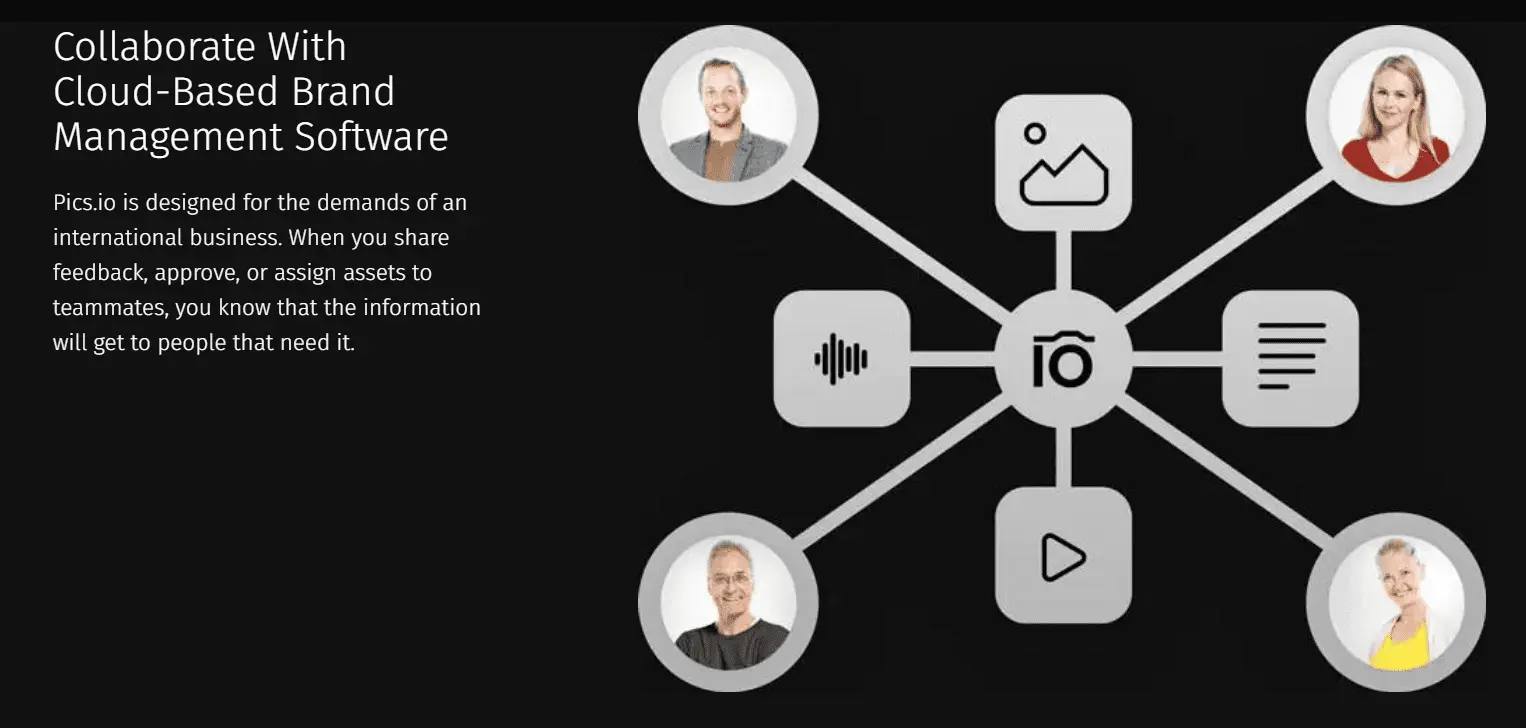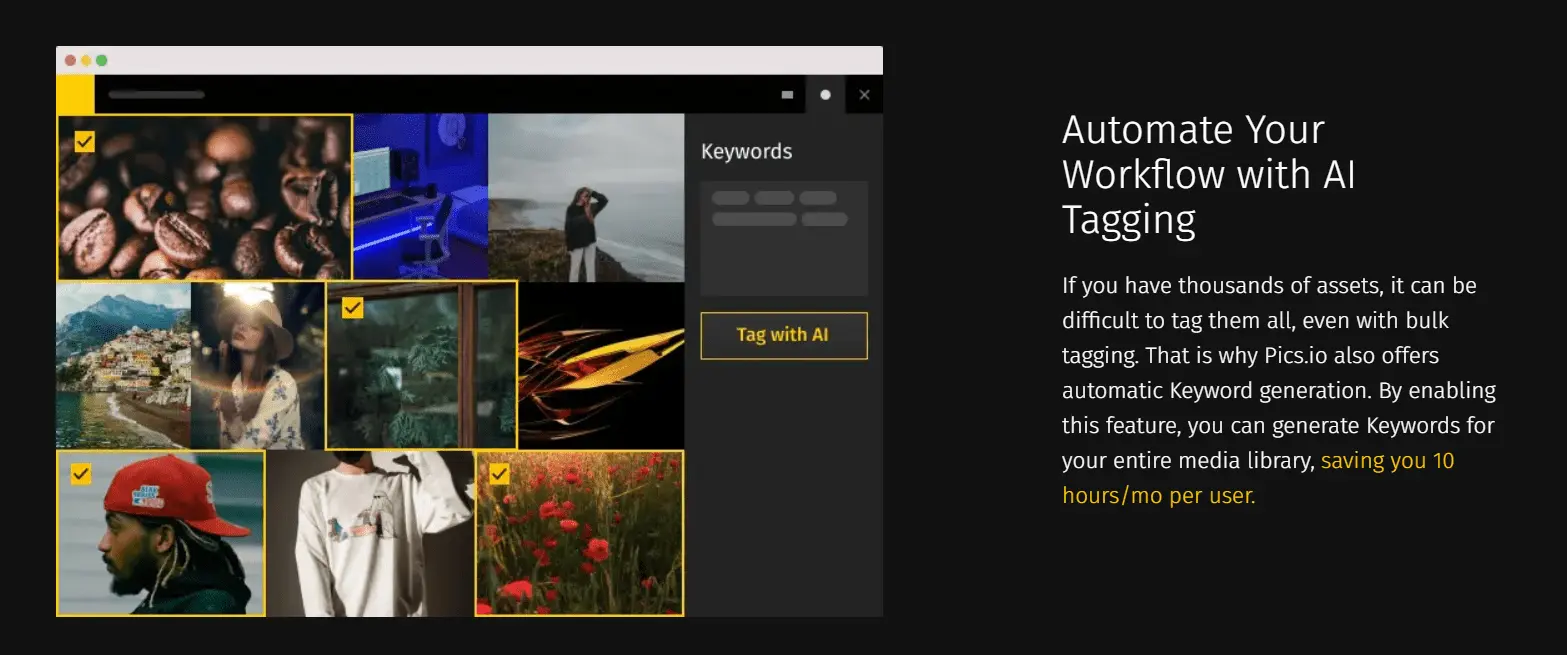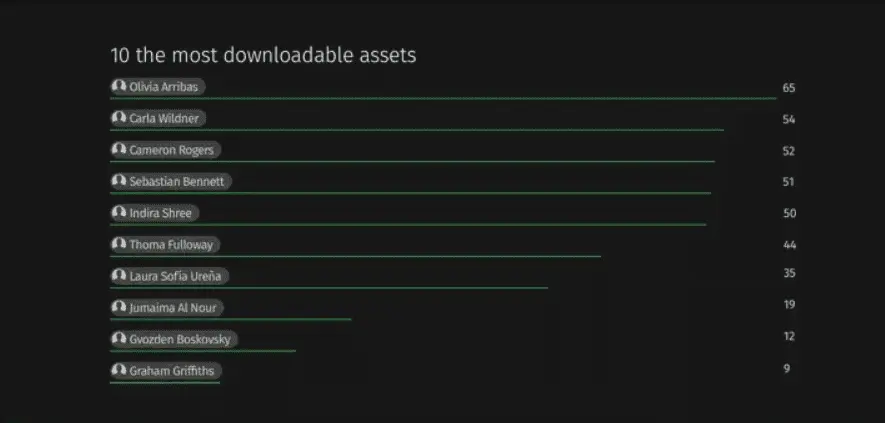A lot of people are naturally suspicious of the items they see online. After all, there are so many social media posts and Reddit threads about the items people ordered online that were nothing like the items that people ordered.
Sure, you can try to sing praises for your products but customers know better. They can recognize marketing speech from a mile away. They want to see the opinions and experiences of people like them on social media platforms and in reviews.
As an e-commerce business, your hands are already full. You have so many digital assets to juggle (all the product descriptions, product images, catalog organization) that you may not have enough time and resources for a proper content marketing campaign.
On top of it all, finding the right digital asset management tool is a challenge in multiple spheres, including non-profit marketing, where millions of people are ready to spend their mone; in e-commerce, it's even more complex. So, how do you satisfy both quality and quantity? The answer lies in user-generated content.

Why E-commerce Businesses Need User-Generated Content
As we've mentioned in the introduction, your customers want to see authentic user-generated content regarding the products they intend to buy. The consumer-generated content will help establish a reputation of authenticity and trust.
Social proof is always necessary, which is why so many e-commerce businesses turn to influencer marketing. Influencers leverage their influence as a currency, so their followers assume that - if they're vouching for your product with their reputation, it's good enough for them.
In other words, it's not that you don't have to build trust directly; it's the fact that influencer marketing allows you to "borrow" some of the trust between your customers and an influencer.
The volume of user-generated content has an intrinsic value, as well. Sure, one stellar review is excellent, but your trustworthiness will grow exponentially when these positive reviews appear in more significant numbers.
What are Some User-generated Content Examples?
So far, we've talked a lot about user-generated content, but what exactly goes into this category? Some of the most common formats are:
- Product reviews
- Social media posts
- Unboxing videos
- User-submitted photos and videos
- Comments on community forums and discussion boards
- Tutorials and how-to content
It is essential to understand that different content formats across multiple platforms further enhance your credibility. Text-based reviews and video assets are equally important, but when put together, they drastically improve the perceived authority of your brand.
Also, as we've already mentioned, people can spot employee-generated content from a mile away.
Cost-effective Marketing
As we've already mentioned, writing a blog post takes an average of four hours, while quality content usually takes longer (often 6-8 hours). However, what if we're talking about user-generated content?
In this scenario, all you need to do is take this content created by your clients and share it on social media channels. This way, you're doing more than just increasing your reach on social media platforms. You're also earning favors with content creators. Namely, people love the exposure, and when you share user-generated content, you show them their work is not going unnoticed.
Since you're not investing (time or effort) into production, you can consider content created this way entirely free. This means it won't burden your marketing budget, and the ROI will always be positive.
Here's the thing, you can even recognize potential guest posters among the most talented (eloquent) of these user-creators. Regardless if you had to learn how to create a website from scratch or had a professional do it, you must also have a blog you should link to.
Challenges in Managing User-generated Content
As your brand or business is developing, you will be receiving more and more USG. While user-generated content can boost your sales significantly, you will need to store, edit, and send all these digital assets to get the most out of it. Below we're describing the most common challenges of storing and managing user-generated content.
First, achieving brand consistency with so many different authors and perspectives on your brand and products is hard. While there's supposed to be a clear difference between user-generated and marketing content, this difference won't be evident to everyone.

Then, conducting quality control over all content creation is challenging. The results will, therefore, be uneven.
Fact-checking is also quite tricky. While you should constantly monitor brand mentions, the thing is that some of your users or clients may give false information. They may even make promises that your sales teams won't be able to deliver on (or justify). The same thing goes for your marketing teams.
In theory, they're just supposed to create content for your platform, brand, or products but, in practice, while you don't have any legal responsibility, they are tied to your brand reputation.
We'll discuss solutions to some of these problems in the next section.
How DAM E-commerce Solution Can Help with Managing User-Generated Content
With the help of the right digital asset management platform, you can get a head start in these efforts. For instance, you get centralized storage with different access levels for all your digital assets, which creates a vital security bottleneck. This way, all your brand assets are protected since you get to choose who can access them - you only need to set up user permissions.

With a good digital asset management solution, you can even use excellent version control feature, especially for files that are often changed or edited by people from different company departments (marketing and sales, design, etc.).
This is especially important for regulations and compliances, which can be a nightmare for a disorganized e-commerce business. Still, this is nothing that can't be solved with a reliable legal document comparator.
Sharing files safely, metadata management, adding watermarks for additional copyright protection, and many other operations are simply not available in storages like Google Drive or Amazon S3. With Pics.io DAM e-commerce software, all the features we've mentioned above are at your fingertips.

For instance, with our smart AI keyword tagging there's no need to tag all your e-commerce digital assets by hand. You can also share and receive the necessary digital assets via our websites and inboxes right in our DAM platform.

The best part is that you can further enhance your digital asset management with multiple integrations, allowing you to customize your digital arsenal fully. For example, we have integrations with Shopify, Slack, WordPress, and many others.
Analytics and tracking
You should always track your brand's social media performance and user-generated posts that give you brand mentions. This is important even when it's not a brand specific content created but a comment or a piece of content that just briefly references you
This way, you can do some positive PR by adding a disclaimer below problematic posts, thanking people for their feedback, and even asking for a link or a tag. This is also essential for the performance of your other marketing campaigns.
With Pics.io DAM tools analytics & reporting you can see what are the most downloaded digital assets, who downloaded them, and when. This and other useful information and statistics available with this feature can be used for better marketing and understanding what user-generated content received the best feedback from your audience.

Conclusion
As an e-commerce business, your main objective is to build trust. The best way is to have other users confirm your credibility through user content. By displaying active use of your products to others, they'll increase your online reputation.
This is when a DAM system can save lots of time for storing, managing, retrieving, sharing, and editing all your digital assets. In e-commerce, the more your business grows, the more UGC you'll get daily. The right DAM solution will help you go through all of this data a lot quicker, and you'll be able to utilize it with just a few clicks. Aside from this, it also helps you keep all of this content safe and accessible.
Did you enjoy this article? Give Pics.io a try — or book a demo with us, and we'll be happy to answer any of your questions.
Sonya Newson is a marketing specialist with years of experience running campaigns for brands and websites. She helps brand reach their full potential with various modern methods of digital marketing.







